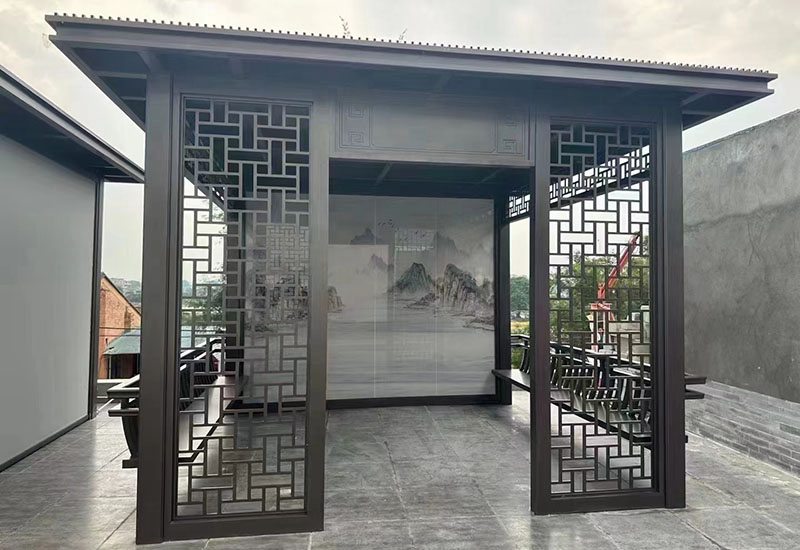sunrooms, also known as solariums or conservatories, are a popular addition to homes, allowing individuals to connect with the outdoors while enjoying the comforts of being indoors. However, one common question among homeowners considering sunrooms is whether they become uncomfortably hot. In this article, we will delve into the factors that contribute to sunroom temperatures and provide insights into how to regulate and maintain a comfortable environment.
1. sunroom design and Construction:
The design and construction of a sunroom play a crucial role in determining its temperature. The choice of materials, such as sunroom glass, can significantly impact the amount of heat that enters the space. High-quality windows with low emissivity coatings or insulating glazing can help reduce heat transfer. Additionally, the orientation of the sunroom, its size, and the presence of shading elements can also influence how hot the space becomes.

2. Solar Gain:
Solar gain refers to the heat absorbed by a sunroom from direct sunlight. South-facing sunrooms tend to receive the most sunlight throughout the day, resulting in higher solar gain compared to other orientations. However, effective shading solutions, such as blinds, curtains, or external shade structures, can reduce the amount of solar heat entering the space during peak hours. Alternatively, homeowners can consider using spectrally selective glass, which allows visible light to enter while blocking a significant portion of the heat-generating infrared rays.
3. Ventilation:
Proper ventilation is key to regulating the temperature inside a sunroom. Promoting airflow through strategic placement of operable windows, ceiling fans, or venting systems can help dissipate excess heat and maintain a comfortable environment. Cross-ventilation, achieved by windows on opposing walls, can help create a natural breeze and minimize the buildup of heat.
4. Insulation:
Insulation is crucial for maintaining a comfortable temperature in any room, including sunrooms. Adequate insulation in the ceiling, walls, and floors can help prevent heat loss during cooler months and prevent excess heat from entering during summer. Efficient insulation materials reduce heat transfer and contribute to energy savings, making the sunroom more comfortable and cost-effective.
5. Climate Control:
When it comes to controlling the temperature in a sunroom, various options are available. Air conditioning units can be installed to provide cooling during summer months, while electric or solar-powered heaters can be used in colder seasons. It is essential to choose a climate control system suitable for the sunroom's size and ensure that it is energy-efficient to minimize operating costs.
Conclusion:
While sunrooms can become hot due to solar gain, proper design, shading, ventilation, insulation, and climate control measures can help maintain a comfortable temperature inside. Homeowners should consider these factors when planning and constructing their sunrooms to ensure year-round enjoyment while minimizing the impact of extreme temperatures.
Previous: A Comfortable Life in Dreams-Sunroom